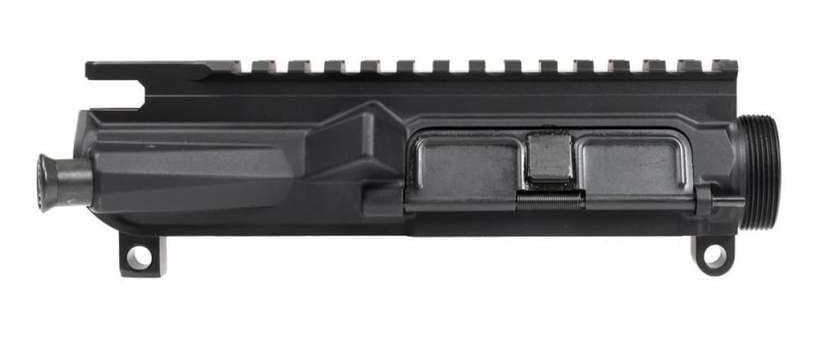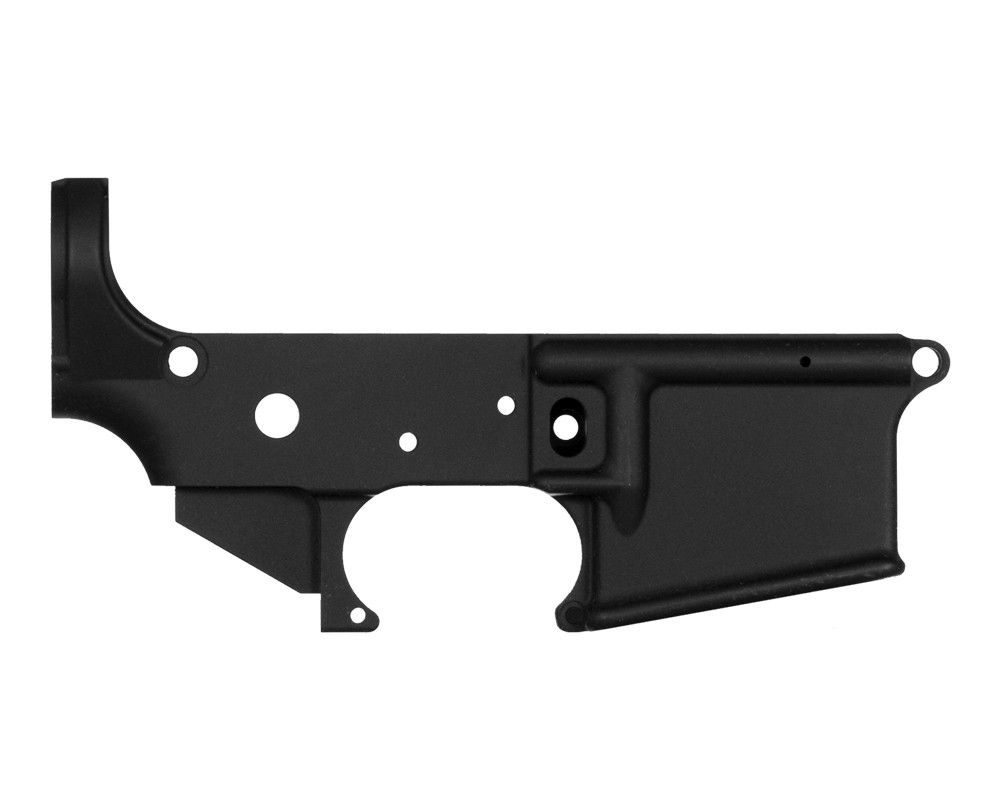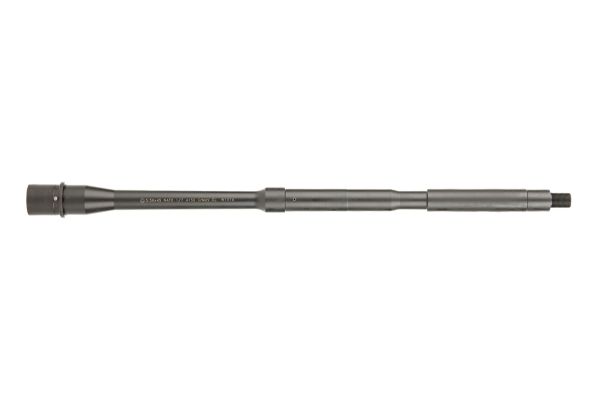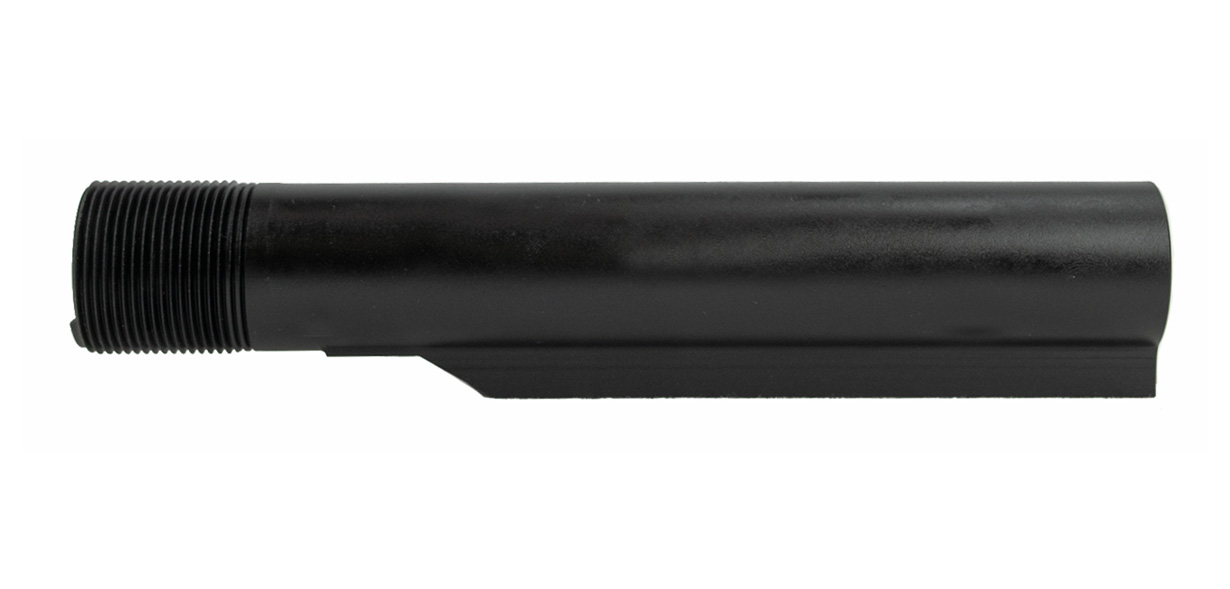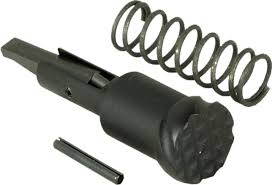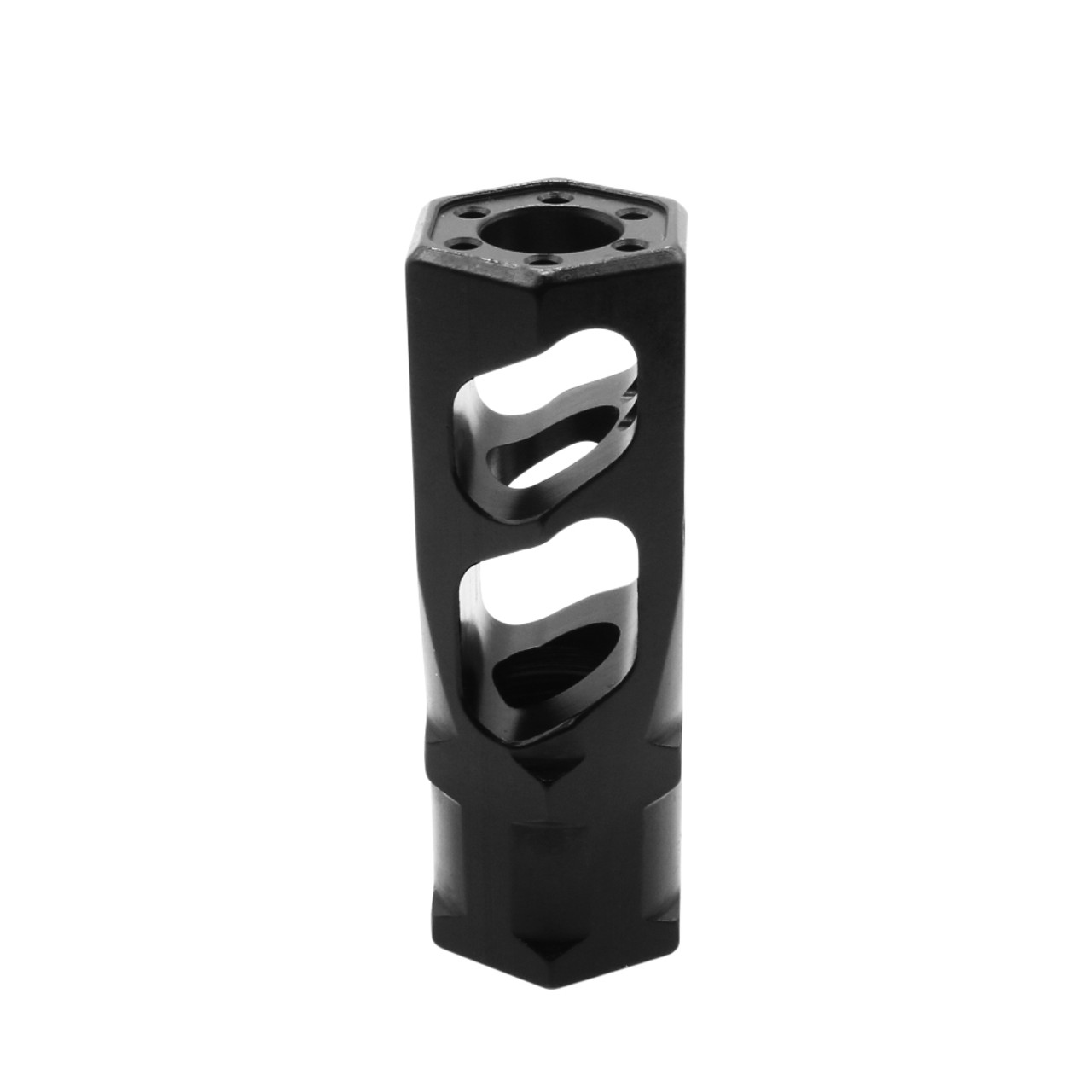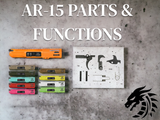AR-15 Parts and Their Functions: A Comprehensive Guide
The AR-15 platform is one of the most popular rifles in the United States due to its modularity and versatility. Understanding the different parts of an AR-15 is crucial, especially for enthusiasts, builders, and even those interested in basic firearms education. In this guide, we’ll walk you through the key components of the AR-15, their uses, and functions.
1. Upper Receiver
The upper receiver houses several essential components that affect the rifle's performance. It includes the barrel, bolt carrier group (BCG), charging handle, and forward assist.
Functions:
- Mount for the barrel: The upper receiver securely holds the barrel, impacting accuracy.
- Bolt Carrier Group housing: The BCG operates within the upper receiver, responsible for chambering rounds and extracting spent casings.
- Optic mounting: Picatinny or M-LOK rails on the upper receiver allow for optics, red dot sights, or iron sights.
2. Lower Receiver
The lower receiver is the serialized part of the AR-15, making it the legally defined “firearm.” It houses the fire control group (trigger, hammer), magazine well, and buffer tube.
Functions:
- Trigger mechanism: Holds the trigger assembly that controls the firing sequence.
- Magazine well: Accepts the magazine, ensuring the ammunition is seated correctly for feeding into the upper receiver.
- Buffer tube mount: The buffer tube connects to the lower receiver and assists in recoil management.
3. Barrel
The barrel is a critical component that determines the rifle's accuracy, ballistic performance, and effective range. AR-15 barrels come in varying lengths, from 7.5 inches (pistol) to 20 inches (rifle), depending on the intended use.
Functions:
- Directs projectile: Provides the path for the bullet to exit the rifle.
- Gas port: Allows the expulsion of gas to cycle the action.
- Rifling: Grooves inside the barrel spin the bullet for stability, improving accuracy.
4. Bolt Carrier Group (BCG)
The bolt carrier group is the heart of the AR-15. It's responsible for the rifle's cycling and consists of the bolt, firing pin, cam pin, and gas key.
Functions:
- Chambering rounds: The BCG picks up rounds from the magazine and chambers them.
- Gas-operated system: Uses gas expelled from the fired round to cycle the action, ejecting the spent casing and chambering the next round.
- Igniting the primer: The firing pin strikes the primer, igniting the round.
5. Gas System (Gas Block and Gas Tube)
The gas system includes the gas block and gas tube, responsible for harnessing gas from the barrel to cycle the bolt carrier group.
Functions:
- Gas block: Sits over the barrel's gas port and directs gas into the gas tube.
- Gas tube: Carries the gas back into the upper receiver, forcing the BCG to cycle.
6. Handguard
The handguard protects the shooter from the heat generated by the barrel and provides mounting options for accessories.
Functions:
- Accessory mounts: Allows attachment of grips, lights, lasers, and bipods through Picatinny, M-LOK, or KeyMod rails.
- Heat protection: Shields the shooter's hands from the hot barrel.
7. Charging Handle
The charging handle is used to manually cycle the bolt, load the first round, or clear a malfunction.
Functions:
- Manually charge the rifle: Pulling the charging handle back chambers the first round from the magazine.
- Clearing malfunctions: Used to pull the bolt back in case of a jam or malfunction.
8. Buffer Tube (Receiver Extension)
The buffer tube houses the buffer and buffer spring and is attached to the lower receiver.
Functions:
- Recoil management: The buffer and spring absorb recoil energy and help return the BCG to battery after firing.
- Stock mount: The buffer tube provides a place for the adjustable stock to attach.
9. Stock
The stock provides stability and support when shooting. Many AR-15 stocks are adjustable, allowing the shooter to customize the length of pull.
Functions:
- Shoulder support: Offers a stable platform for shooting and helps with recoil management.
- Adjustable length: Allows shooters to change the length of pull to suit their body size or shooting stance.
10. Fire Control Group
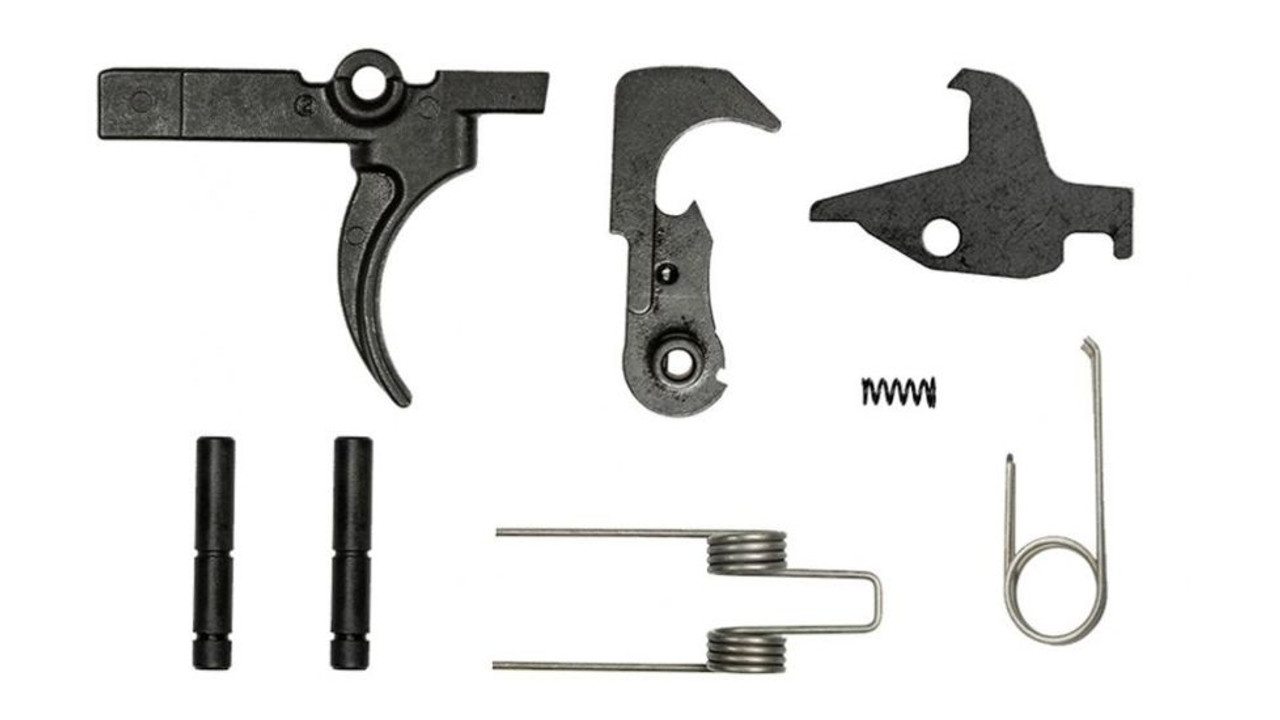
The fire control group consists of the trigger, hammer, and disconnector. This is the mechanism that fires the rifle.
Functions:
- Trigger: Pulling the trigger releases the hammer, which strikes the firing pin, igniting the primer in the cartridge.
- Disconnector: Ensures that the trigger must be released and reset before another shot can be fired.
11. Forward Assist
The forward assist is a button found on the upper receiver of most AR-15s, used to ensure the bolt is fully seated in the chamber.
Functions:
- Bolt seating: If the bolt fails to fully close, pressing the forward assist can push it into place, ensuring proper chambering.
12. Muzzle Device (Flash Hider or Muzzle Brake)
Muzzle devices are attached to the end of the barrel and serve various purposes depending on their design.
Functions:
- Flash hider: Reduces the visible muzzle flash when firing.
- Muzzle brake: Reduces recoil by redirecting gases.
- Compensator: Helps to reduce muzzle rise, improving follow-up shot accuracy.
Conclusion
The AR-15’s modularity is one of its greatest strengths. Whether you are looking to customize your rifle for hunting, competition, home defense, or tactical use, understanding the different components and their functions is essential. Knowing how each part contributes to the overall performance will help you make informed decisions about upgrades and maintenance.
Recent Posts
-
AR-15 Parts and Their Functions: A Comprehensive Guide
The AR-15 platform is one of the most popular rifles in the United States due to its modularity and …Sep 10th 2024 -
The AR Platform Benefits Of Timber Creek Outdoors
Introduction:In the realm of firearms and shooting sports, precision, durability, and innovation sta …May 23rd 2024 -
AR-15 Side Charging VS Rear Charging Rifles
The AR-15 has undeniably earned its place as the most popular sporting rifle in America, largely t …May 22nd 2024


